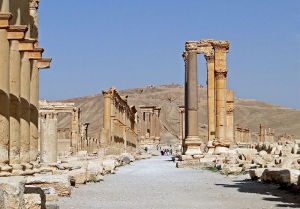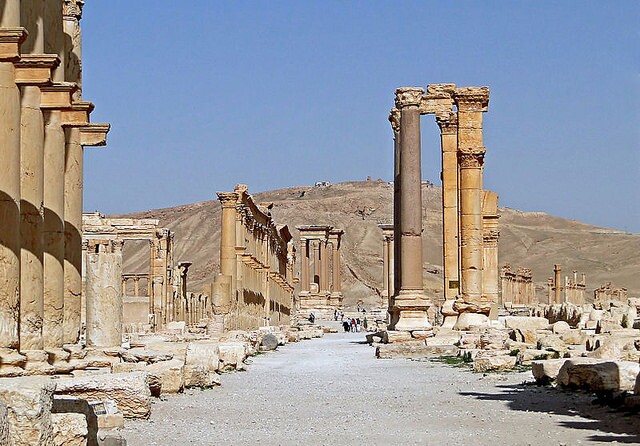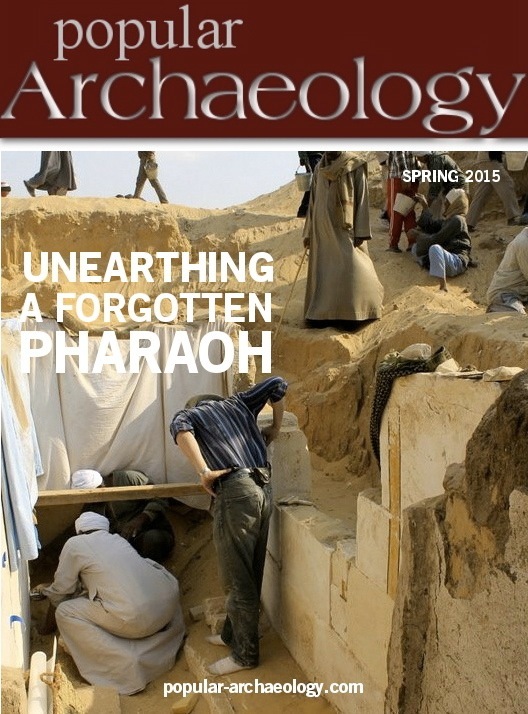
The Syrian city of Palmyra, known internationally for its iconic archaeological site, is reported to have fallen into the control of the Islamic State, just days after their victory in Ramadi in Northern Iraq.
Soldiers, policemen and citizens were seen fleeing the town in the wake of the ISIS advance, as museum workers frantically packed up what they could save. A museum director, Khalil al-Hariri, told Reuters that many of the artifacts in the museum have been successfully moved to a safer position in anticipation of the city’s capture. But the human casualties have been high, including people who could not escape due to wounds sustained from the conflict.
Images and video clips of the destruction to cultural heritage in Syria and Iraq have been commonplace in the mainstream media in recent months, showing ancient cities, monuments and priceless antiquities destroyed by men with hammers, power tools, bombs and bulldozers. Now Palmyra, among the world’s greatest archaeological gems, faces a similar threat. Built two millennia ago, Palmyra not only represents financial gain for the Islamic State through profits from the illicit antiquities market, but it is also strategically located among a network of roads and gas fields. Looting the site and gaining control of the roads could provide an advantage to anyone strong enough to hold it.
___________________________________
 The ancient site of Palmyra in Syria. Bernard Gagnon, Wikimedia Commons
The ancient site of Palmyra in Syria. Bernard Gagnon, Wikimedia Commons
_____________________________________
At the recent Syrian Heritage Initiative Symposium in San Diego, Palmyra was a focal point of consideration. Discussed were the many ways in which the site had been degraded by small-scale looting and nearby conflict. The Syrian Heritage Initiative, an organization of archaeologists who have been funded by the U.S. State Department, has been hard at work attempting to save the heritage of the Syrian people.
Late last week, NPR reported that the U.N. had appealed to the warring groups of Syria to spare Palmyra, which recently became a UNESCO World Heritage Site. Most alarming to the U.N. has been the encroachment of government forces and the self-proclaimed Islamic State in the area of the site, not only threatening the integrity of the site with collateral battle damage, but also elevating the prospect of losing even more heritage than has already been sustained by looting and combat. Last summer, photos surfaced of blackened stone halfway up one of its famous pillars from a mortar round.
Government troops and other groups within the opposition are considered to be trusted not to harm heritage sites, as some groups even refer to themselves as the “grandchildren of Zenobia”, an ancient queen of Palmyra. It illustrates how much the history and culture of Syria is valued and respected by the Syrian people.
The Islamic State, however, is another element entirely.
________________________________________
Mark Hallum is a staff writer for Popular Archaeology Magazine.
________________________________________
 Did you like this? Read more articles like this with a premium subscription to Popular Archaeology Magazine.
Did you like this? Read more articles like this with a premium subscription to Popular Archaeology Magazine.
In addition, the latest Popular Archaeology ebook is now available.
______________________________________________
Travel and learn with Far Horizons.
____________________________________________
 Popular Archaeology’s annual Discovery Edition eBook is a selection of the best stories published in Popular Archaeology Magazine in past issues, with an emphasis on some of the most significant, groundbreaking, or fascinating discoveries in the fields of archaeology and paleoanthropology and related fields. At least some of the articles have been updated or revised specifically for the Discovery edition. We can confidently say that there is no other single issue of an archaeology-related magazine, paper print or online, that contains as much major feature article content as this one. The latest issue, volume 2, has just been released. Go to the Discovery edition page for more information.
Popular Archaeology’s annual Discovery Edition eBook is a selection of the best stories published in Popular Archaeology Magazine in past issues, with an emphasis on some of the most significant, groundbreaking, or fascinating discoveries in the fields of archaeology and paleoanthropology and related fields. At least some of the articles have been updated or revised specifically for the Discovery edition. We can confidently say that there is no other single issue of an archaeology-related magazine, paper print or online, that contains as much major feature article content as this one. The latest issue, volume 2, has just been released. Go to the Discovery edition page for more information.
____________________________________________




